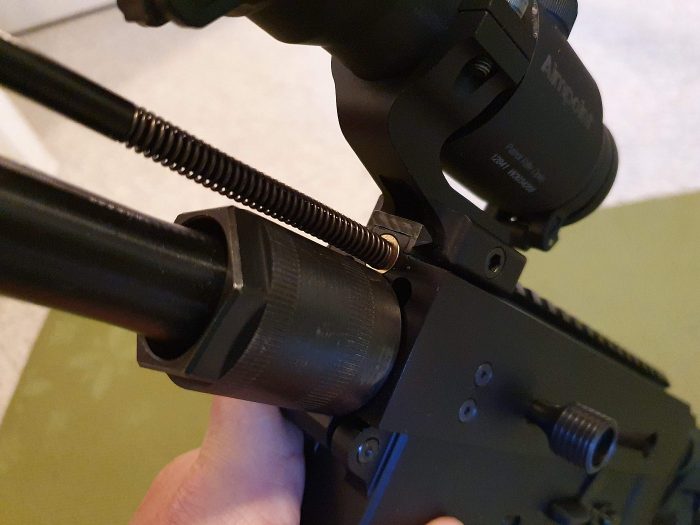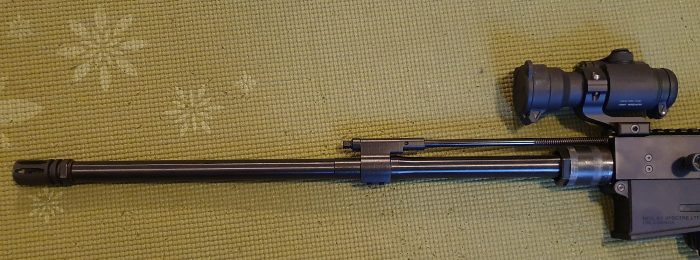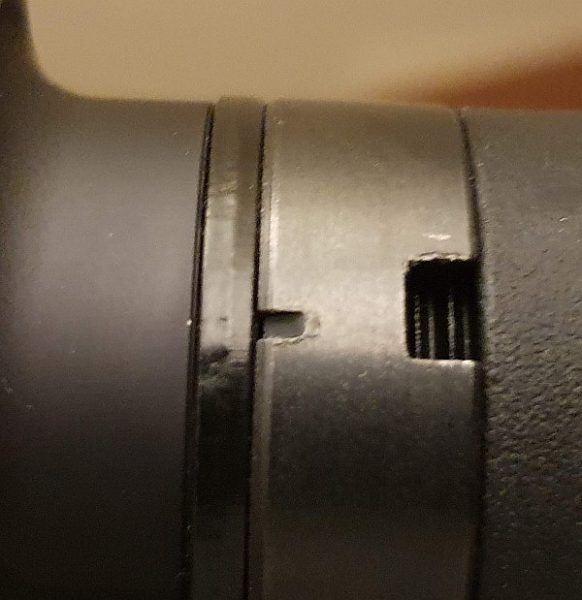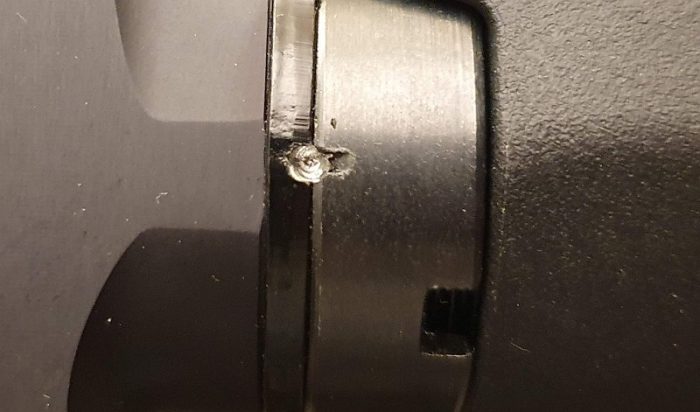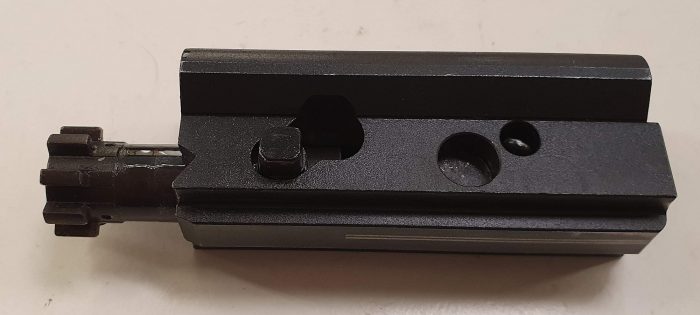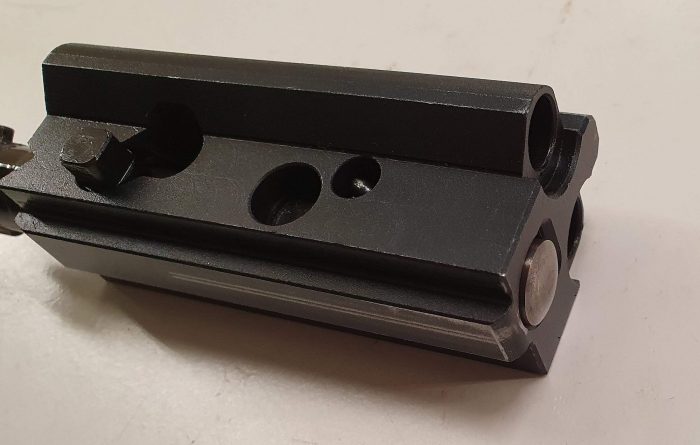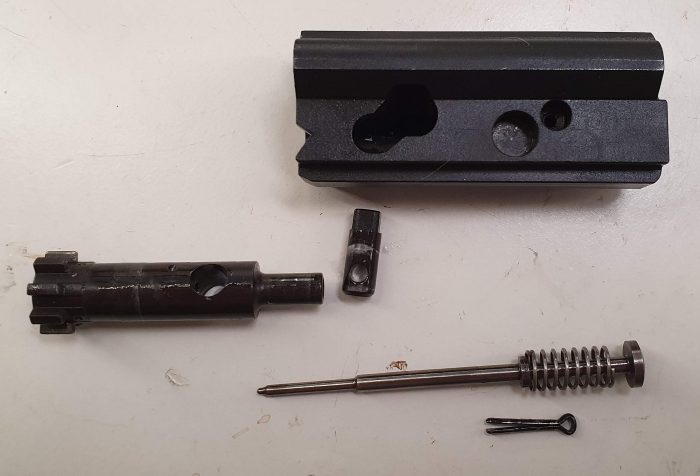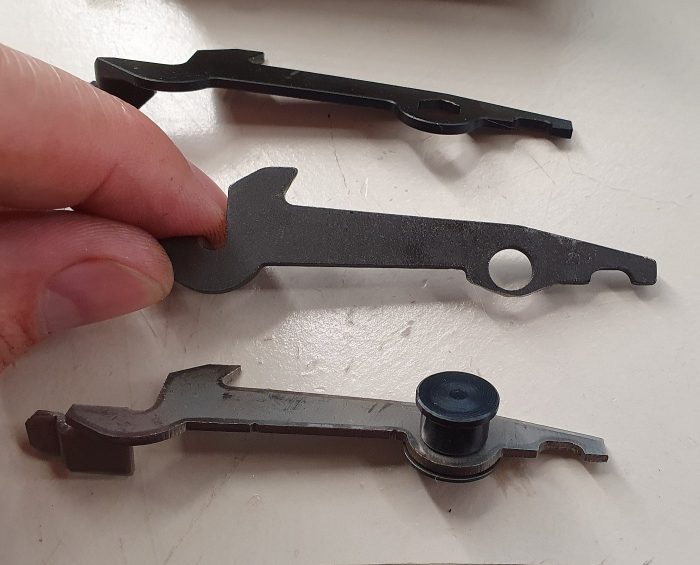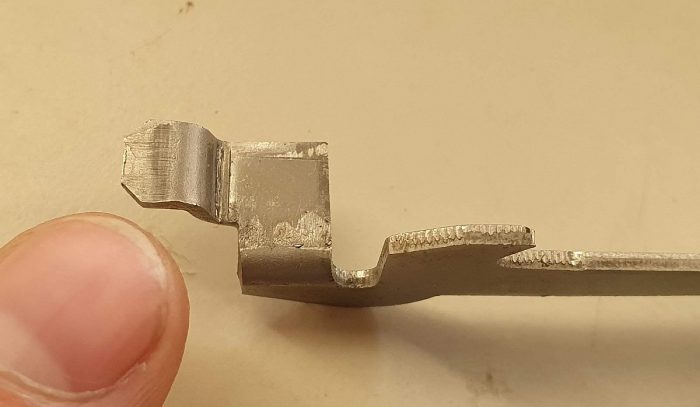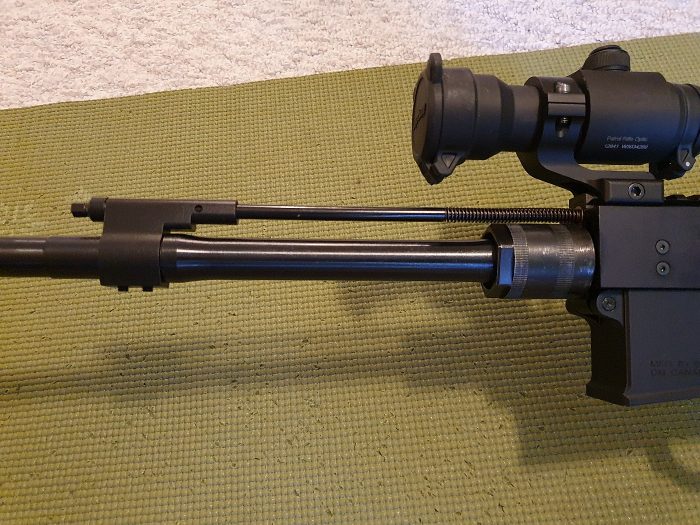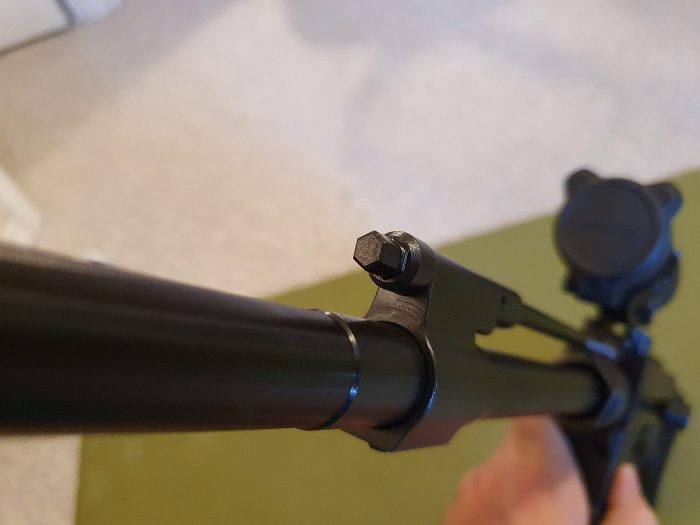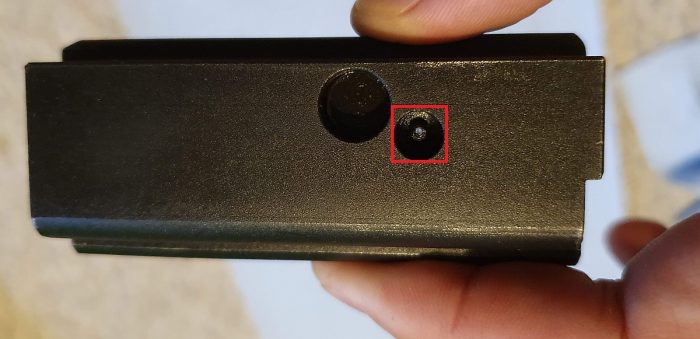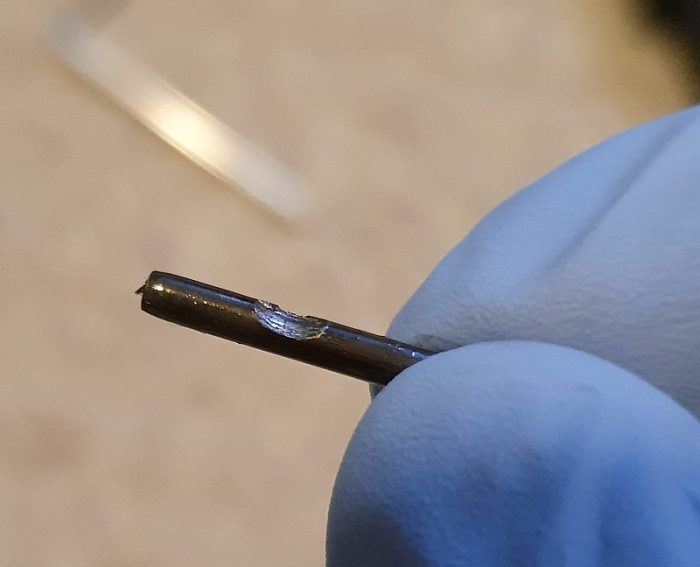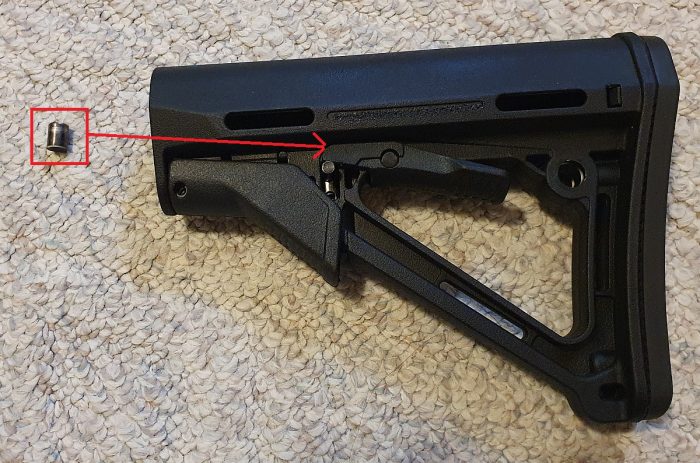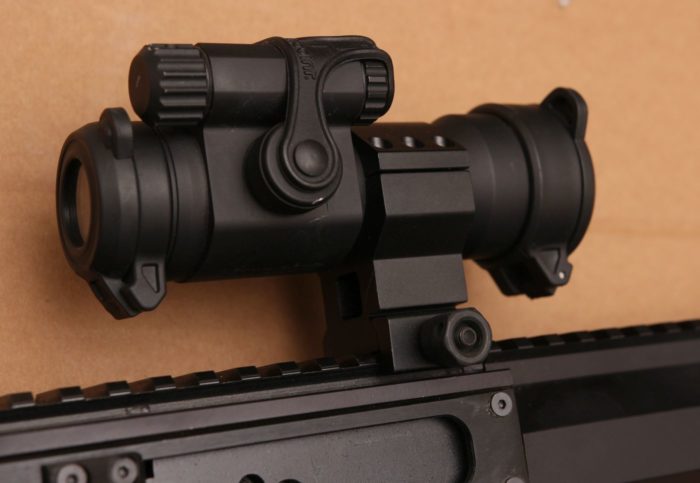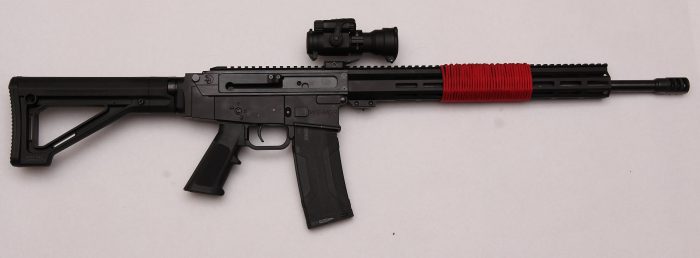
The WS-MCR is an improved version of the Armalite 180B. Like the 180B, it’s a non-restricted, semi-automatic, 223 cartridge family of rifles. They’re Canadian-made and they’re available in 5.56/223, 224 Valkyrie, and 7.62×39. In this case, I’m reviewing the 5.56 model, which will be a lot more popular than other chamberings. Because the firing pin retaining pin failed on me during accuracy testing, I do not have accuracy numbers in just yet.
**Note**: New versions made after Sept 2020 are left hand charging, right side eject ONLY. Looks like they fixed the trigger pin retaining pin and by using a proper pin on it now. The rail is now integrated with the receiver too.
**update July 2022**: broke the front upper lug. Sad
**update Mar 2023**: broke the piston. Bought a Raven builders kit to use instead.
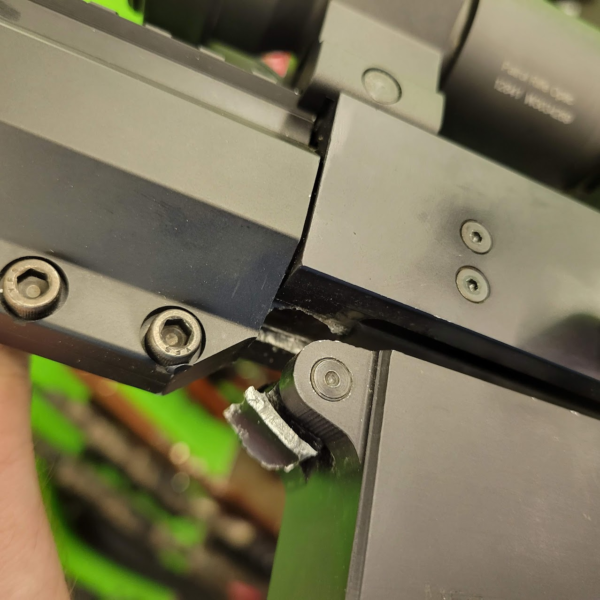
Usability
Although the WS-MCR is not a variant of the AR15, it can use a lot of AR compatible parts. You can swap in AR stocks, triggers, barrels with carbine length gas systems, forends with enough room for the larger gas-piston gas block, muzzle devices, grips, etc. This is a great choice, because AR parts are easy to find and it’s easy to adjust your WS-MCR to your taste. The forend has a 1913 picatinny rail all the way forward as well as M-Lok slots on the sides and bottoms to install other accessories.
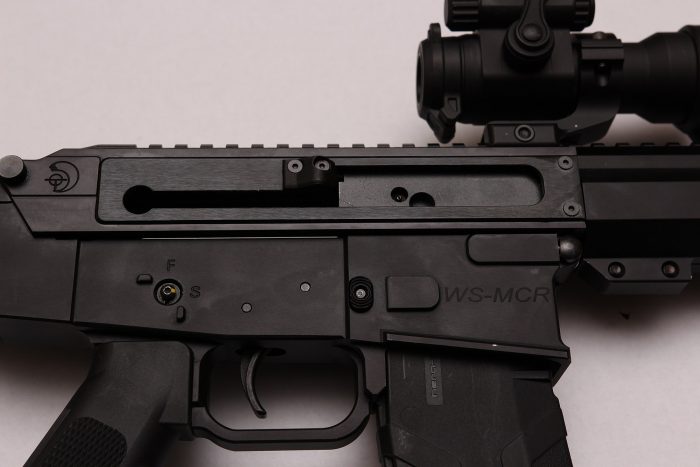
The safety is a stubby, ambidextrous affair. Instead of using a detent like on the AR15, AR180’s use a spring that bears on a squared off profile on the safety. It can make the safety less draggy and a bit more positively “on or off”.
There is a last round bolt hold open on the WS-MCR, but you can’t manually actuate it unless you stick your fingers up the magwell. When you reload your fresh mag in, you just bump the charging handle to the rear to load up the rifle. Kodiak and RWA sell/sold aftermarket external levers that work the bolt release, and if you’re going to shoot matches with your WS-MCR, I’d recommend one.
I found the magwell to be just right: it’d feed from any of the 6 types of magazines I tried and they all dropped free.
WS-MCR Build Quality
Some early versions of the WS-MCR had some really questionable construction choices: 3D printed parts being used in the forend, plastic crush washers, etc. Those choice appear to be gone with my rifle, but there are still a few other choices that are not great. NOTE: these issues look like they’re all fixed on newer versions.
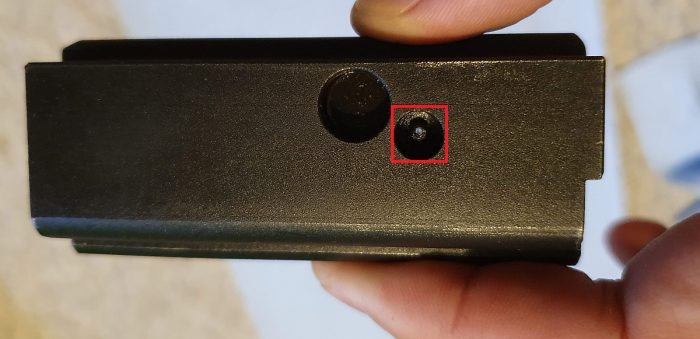
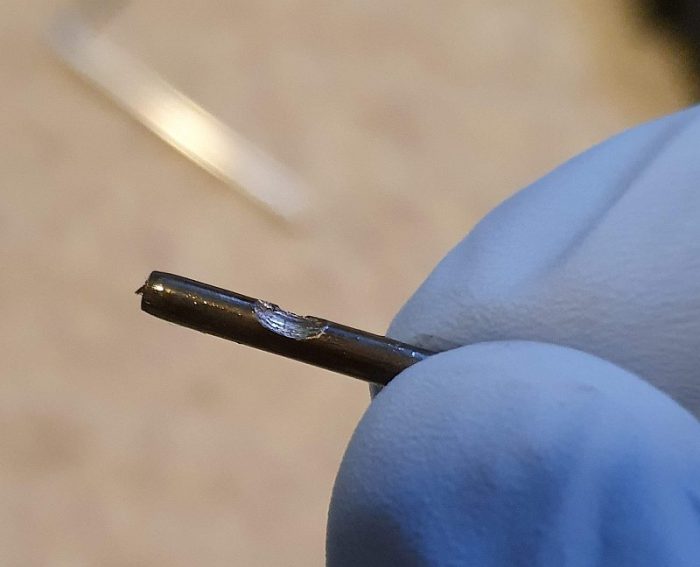
In an AR15, the firing pin is retained with a firing pin retaining pin. Some are split, some are solid. In the WS-MCR, it’s a roll pin, which is a terrible choice. After a few hundred rounds, your hollow roll pin may cave in like mine did, and eject the firing pin out the back of the bolt. Thankfully, you can just put a $2 AR15 firing pin retaining pin in there and be done with it. Do yourself a favor and replace the roll pin before it fails like it did on me. (this issue is fixed with new models)

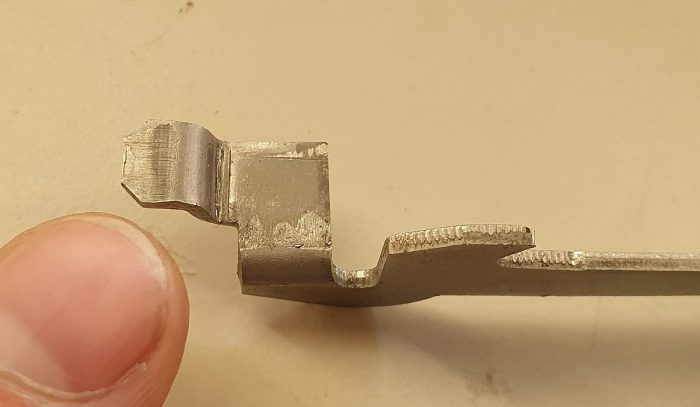
The bolt catch on mine had a shelf that was a bit too short to get engaged by some magazine followers. This might be parts tolerance stacking, but the part was incorrectly made nonetheless. I replaced it with a different bolt catch I had and it now works great with all mags.
The forend is OK, but the slots feel a bit sharp like they do on a Chinese-sourced forend. I give no fucks. Some of the forends I’ve seen are pretty gritty looking.
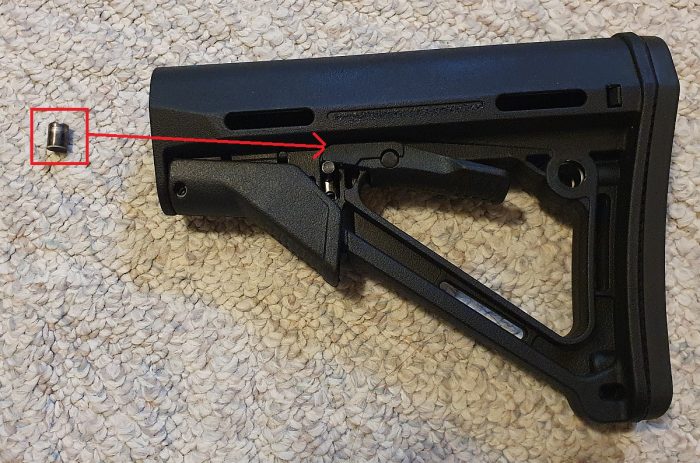
The stock that came on my WS-MCR was a Magpul CTR knockoff and it died on its first day of use. I replaced it with a Magpul MOE fixed stock and I likely would have replaced it anyways. Rather than a crappy Aliexpress stock, I’d rather they just included a plain crappy milspec carbine stock that would have fewer features, but be less likely to fail. (They’re using different stocks now)
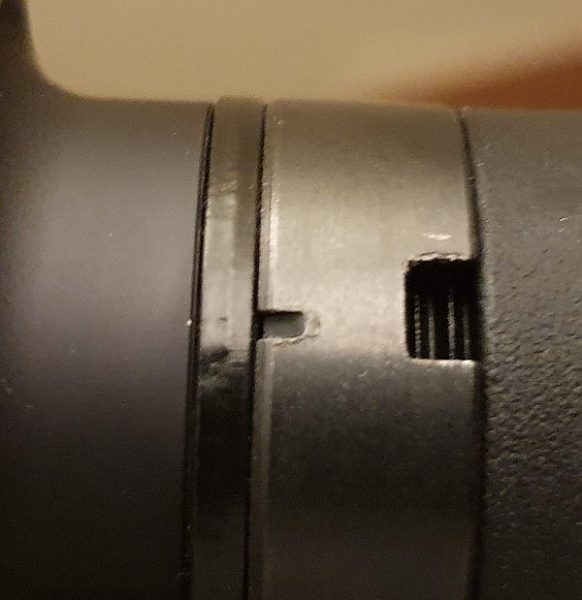
The buffer tube castle nut was not staked on my rifle and it loosened off with use on the first day. I think the castle nut should be staked on a rifle like this because it’s unlikely you’d ever need to take the buffer tube off. Tighten your castlenut, then use a beefy center punch to stake your castlenut like the picture below. NOTE: This issue is still prevalent on new models. Tighten and stake your castlenut!
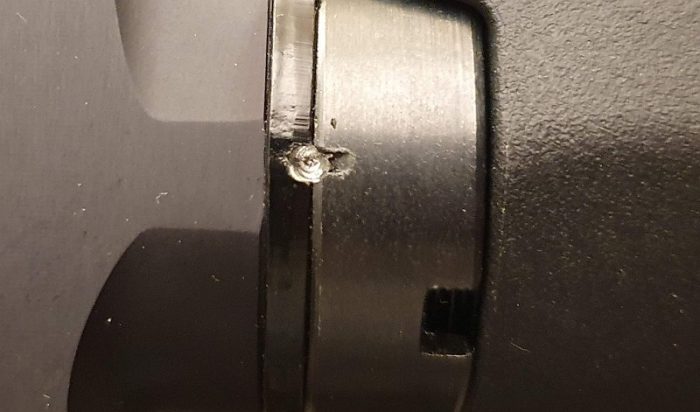
When fully tightened, the ambi safety was really draggy. I opted to use temporary thread locker and less torque on the screw so that it didn’t drag so bad.
The safety hole is also not in the correct position with relation to the trigger pin holes. The result is that the safety can be engaged with the hammer forward(should be impossible) and the safety does not function on my rifle when cassette or drop-in style triggers are used. Use a component style trigger unless you’re stubborn and willing to use a dremel and JB weld.
Update: July 12, 2021: barrel nut loosened on me. Another user at the range said they had that happen on theirs, I thought mine was fine, I was wrong. Check yours.
https://www.instagram.com/p/CRPT9ELH1x3/
On the positive side, the bolt cam pin exhibited normal wear after 300 rounds and there was no visible scarring inside the receiver. The shell deflector did a great job of keeping the receiver side brass free, the slightly heavier barrel took a bit longer to heat. These all point to the platform being more durable for long-term use in competition, which is what I bought it for in the first place. **2021 update: I’m a few thousand rounds in, it’s been fine.
WS-MCR vs WK180C
The Spectre Ltd. made WS-MCR and Kodiak-Defense made WK180C are more alike than they are different and they share parts compatibility on a number of things. That said, there are a few differences:
Key differences:
- Steel side panels vs aluminum
- Weight (8lbs vs 7)
- Trigger on the WS-MCR is not a godawful pile of shit
The WS-MCR uses steel side panels on the receiver. This means that the bolt and cam pin are steel riding on steel. With the WK180C, those ride on aluminum and can start to chowder it out after a while. Keep in mind that the bolt carrier is running on the 2 guide rods, so the receiver rails are just to keep the cam pin and bolt from rotating (important), and to keep the bolt handle in place (also important).
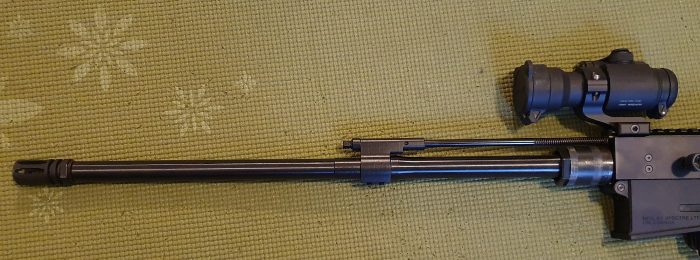
The WS-MCR uses a medium profile barrel compared with the light profile on the WK180. Near the muzzle, the WS-MCR is 0.71″, while the WK180C is 0.65″ at the same spot. The WS-MCR has a 15″ handguard instead of a 10.5″ handguard. Consequently, the WS-MCR is 1 lb heavier.
The trigger on my WS-MCR broke at 7lbs. Compare that with the 12 lbs it took my WK180C to break, and I’d rather have the MCR’s. That said, I replaced the trigger with an aftermarket one.
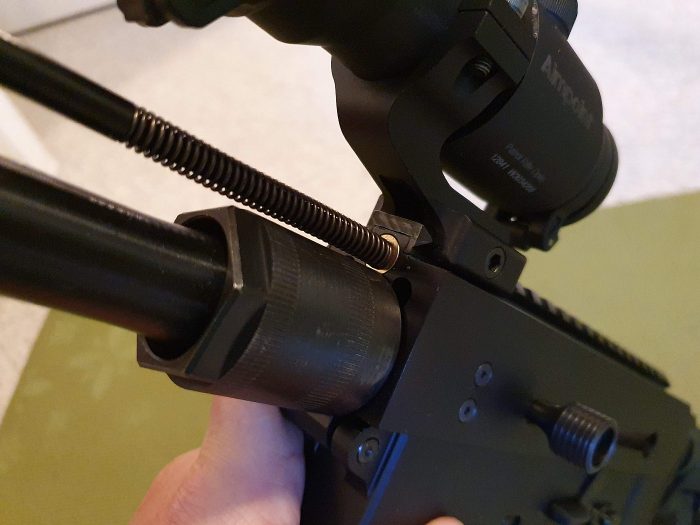
Small differences
- Rear cross-pin on the WS-MCR makes a tighter fit between upper and lower. Some people really care about this, I do not
- Integrated shell deflector on the WS-MCR keeps the brass from making a mess of the side of the receiver. This is really well done on this rifle.
- The WS-MCR uses a brass bushing for the piston guide, instead of nylon on the WK180C
The top receiver rail on the WS-MCR is steel and fits on a dovetail in the receiver and is epoxied in place*this is changed in 2021, now just machined in.
Things that neither got quite right:
- Drop-in trigger compatibility isn’t 100% with either. The trigger pocket depth, trigger hole dimensions, and bolt hold open will prevent you from using some drop-in triggers unless you modify your gun. Component-style triggers work fine
- The scope rail is quite close to the receiver, so you can’t use some quick disconnect rings or bulky rings that’ll interfere on the receiver
- Both use a small ambidextrous safety. I’d prefer a larger, non-ambi option, maybe in a 45 degree throw rather than 90
- Neither come with an external bolt hold open, which are handy to fix double feeds
- Both use carbine-length gas systems on 18.5″ barrels which is a pretty uncommon combination
- They have slots on both sides of the receiver and no dust cover so they couldn’t handle a lot of dust/mud. I use mine for competition and hunting, so I don’t care. *2021 note: new versions of the WS-MCR close up the slot on the right. They are left hand charge, right eject only.
Conclusion
I had high hopes that this rifle would be a more durable 3 gun competition rifle than my existing WK180C, so that I could setup that rifle as a low-volume coyote gun. Although some of the issues I saw were easy for me to fix/improve, the build quality issues really need to be addressed before I could recommend this as a rifle for new competition shooters who didn’t have scads of replacement parts at hand. That’s really unfortunate, because I think the WS-MCR and the WK180C are the best laid out rifles for 3 gun. Bullpups just aren’t as competitive for that style of match, and with the AR15’s prohibited in Canada, our obvious action match rifles are toast.
Update Feb 2021: With the recent fixes put into the WS-MCR platform, it’s easier to recommend. The new version WS-MCR’s have a better receiver rail, use a better AR “cotter” pin as a firing pin retainer pin, and have a more closed up action. I also tested the accuracy on mine compared with the WK180C and found the WS-MCR to be a bit more accurate (sub MOA with Federal Gold Medal Match 77 grain ammo.) It’s heavier, but who cares?
